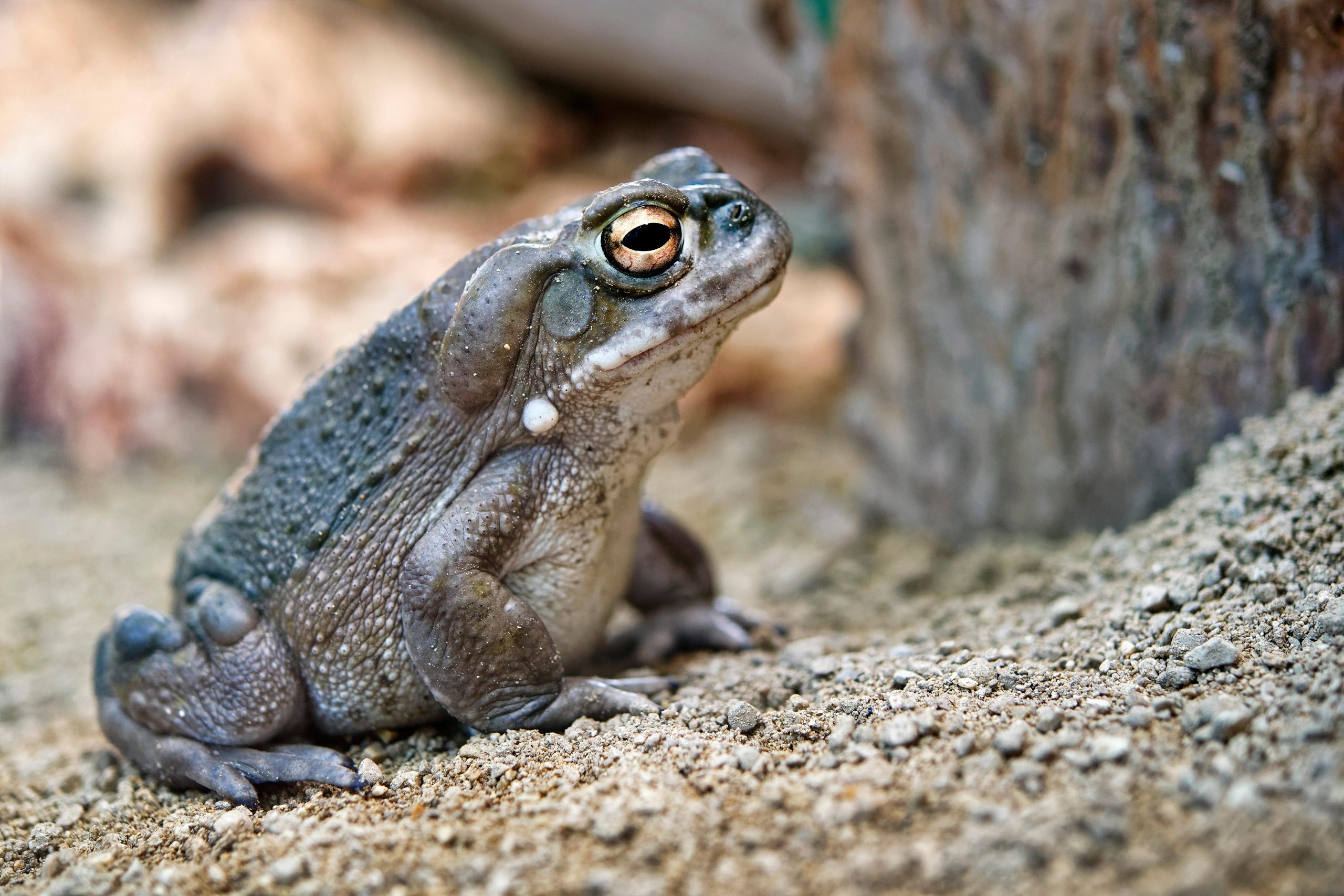
Ian Patrick, FISM News
[elfsight_social_share_buttons id=”1″]
Here’s a message that the National Parks Service (NPS) probably didn’t expect to ever make: please refrain from licking large toads. Odd as it sounds, the service did indeed make that announcement on its Facebook page dated October 31.
While that is a bit of good common sense in general, the announcement actually revolved around a specific creature: the Sonoran desert toad, sometimes known as the Colorado river toad.
“The Sonoran desert toad (Bufo alvarius), also known as the Colorado river toad, is one of the largest toads found in North America, measuring nearly 7 inches (18 cm),” NPS writes. “Its call has been described as a ‘weak, low-pitched toot, lasting less than a second.'”
The reason for the word of caution over these toads? The NPS became aware that they were being sought because it was believed they could provide a psychedelic high, though in reality, they are toxic to humans.
These toads have prominent parotoid glands that secrete a potent toxin. It can make you sick if you handle the frog or get the poison in your mouth. As we say with most things you come across in a national park, whether it be a banana slug, unfamiliar mushroom, or a large toad with glowing eyes in the dead of night, please refrain from licking. Thank you.
The Sonoran desert toad secretes a hallucinogen known as 5-methoxy-N,N-dimethyltryptamine (5-MeO-DMT).
According to studies published on the National Institutes of Health’s National Library of Medicine, this compound is often smoked to provide a psychedelic experience. One report says it is “popular in naturalistic settings as a treatment of mental health problems or as a means for spiritual exploration.”
Yet, the same report also says that the known effects in humans are limited.
The Arizona Sorona Desert Museum echoes a similar cautionary tone to that of the NPS.
“Sonoran Desert toads have extremely potent, defensive toxins that are released from several glands (primarily the paratoids) in the skin,” writes the Desert Museum.
“Animals that harass this species generally are intoxicated through the mouth, nose, or eyes. Dog owners should be cautious: the toxins are strong enough to kill full grown dogs that pick up or mouth the toads”
